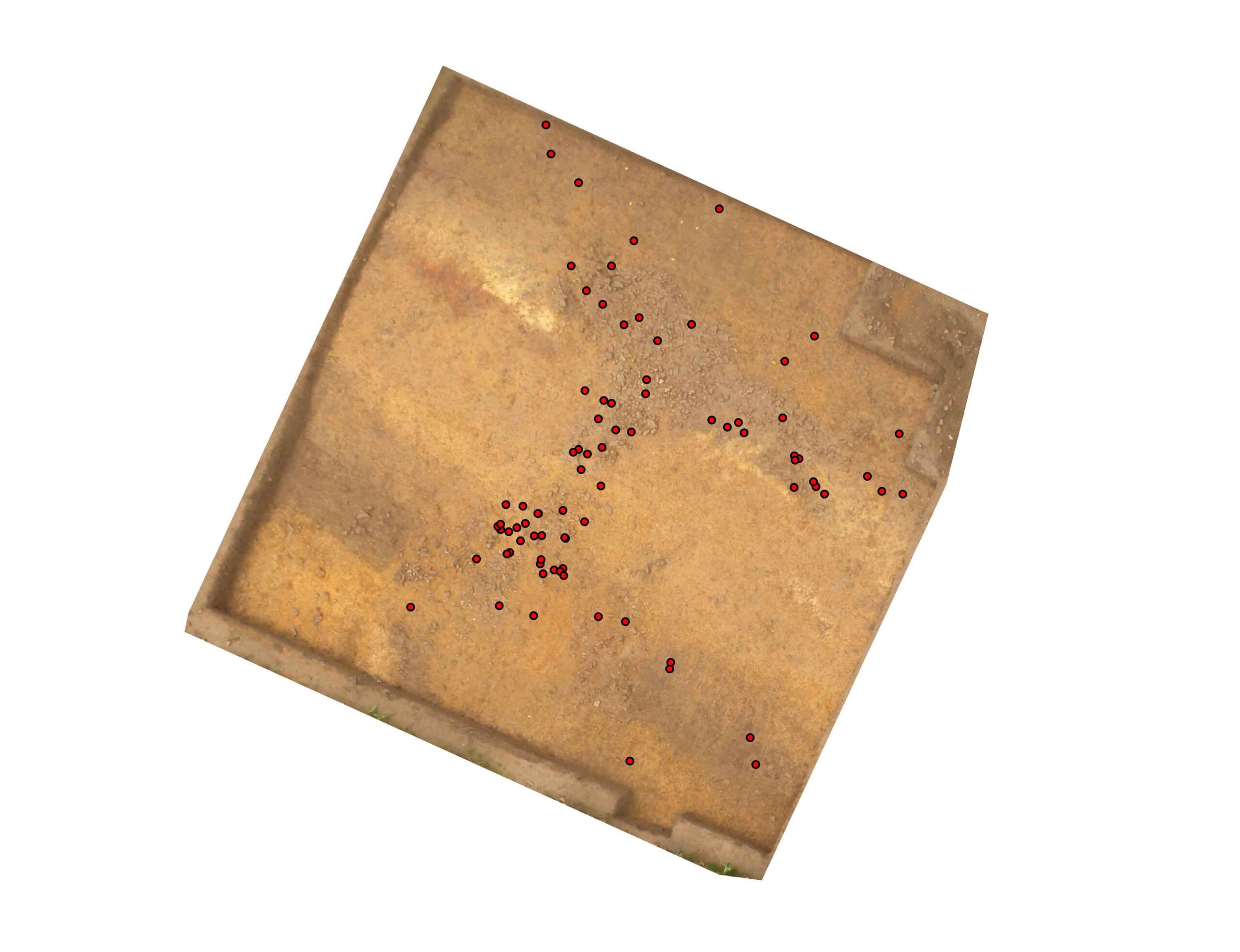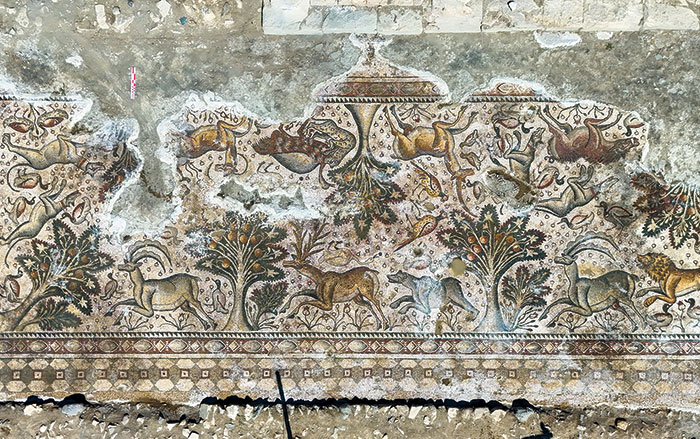
AMSTERDAM, THE NETHERLANDS—Archaeologist Nico Roymans of the Vrije Universiteit announced in a press release the discovery of skeletal remains, swords, spearheads, and a helmet in the modern area of Kessel, at the site where Roman general Julius Caesar wiped out the Tencteri and the Usipetes, two Germanic tribes, in 55 B.C. Caesar described the battle in Book IV of his De Bello Gallico. After he rejected the tribes’ request for asylum and permission to settle in the Dutch river area, his force of eight legions and cavalry conquered the camp and pursued the survivors to the convergence of the Meuse and Rhine Rivers, where he slaughtered more than 100,000 people. The Late Iron Age skeletal remains represent men, women, and children, and show signs of spear and sword injuries. Their bodies and bent weapons had been placed in a Meuse riverbed. Isotope analysis of the teeth of three individuals show that they were not native to the Dutch river area. To read in-depth about a similar discovery, go to "Caesar's Gallic Outpost."











